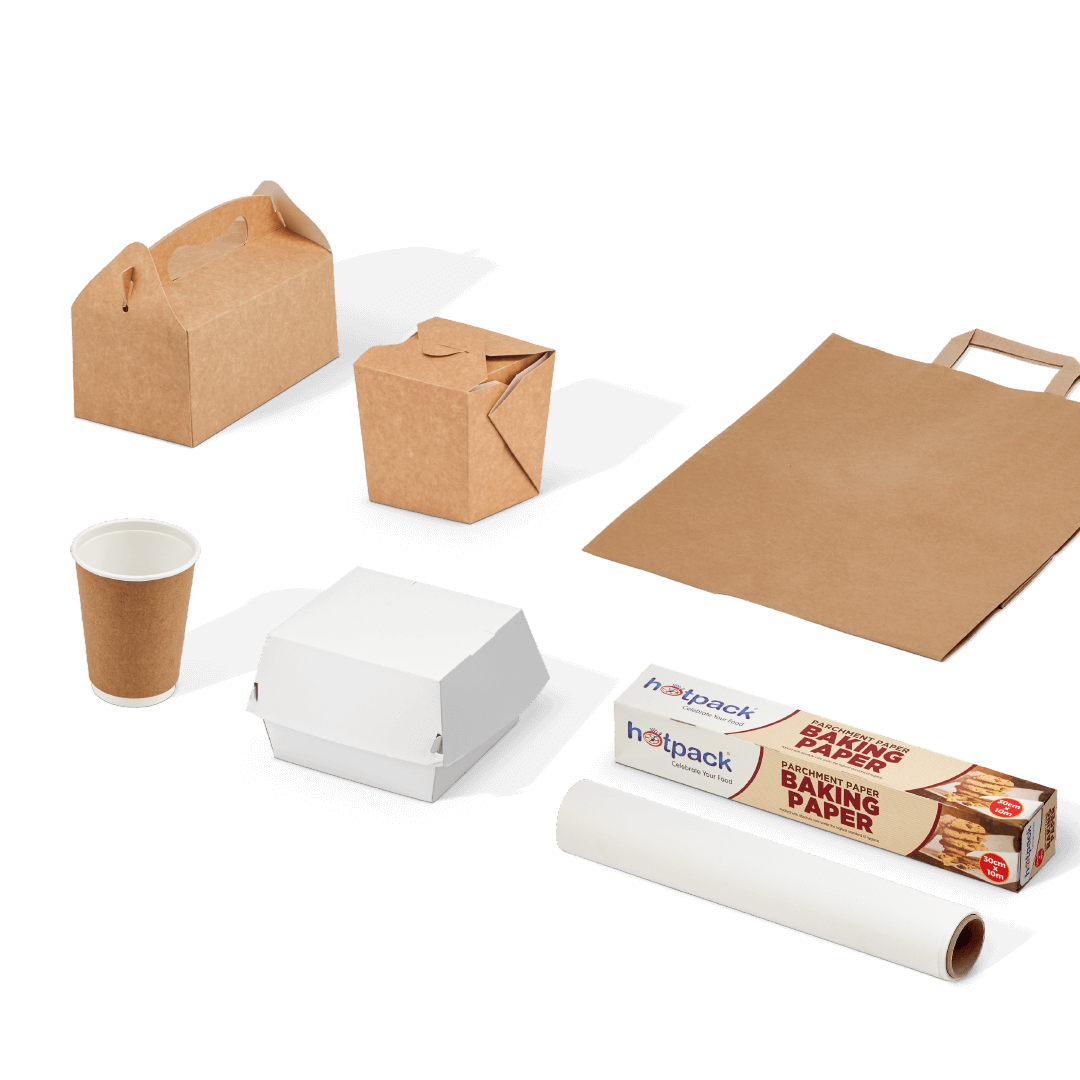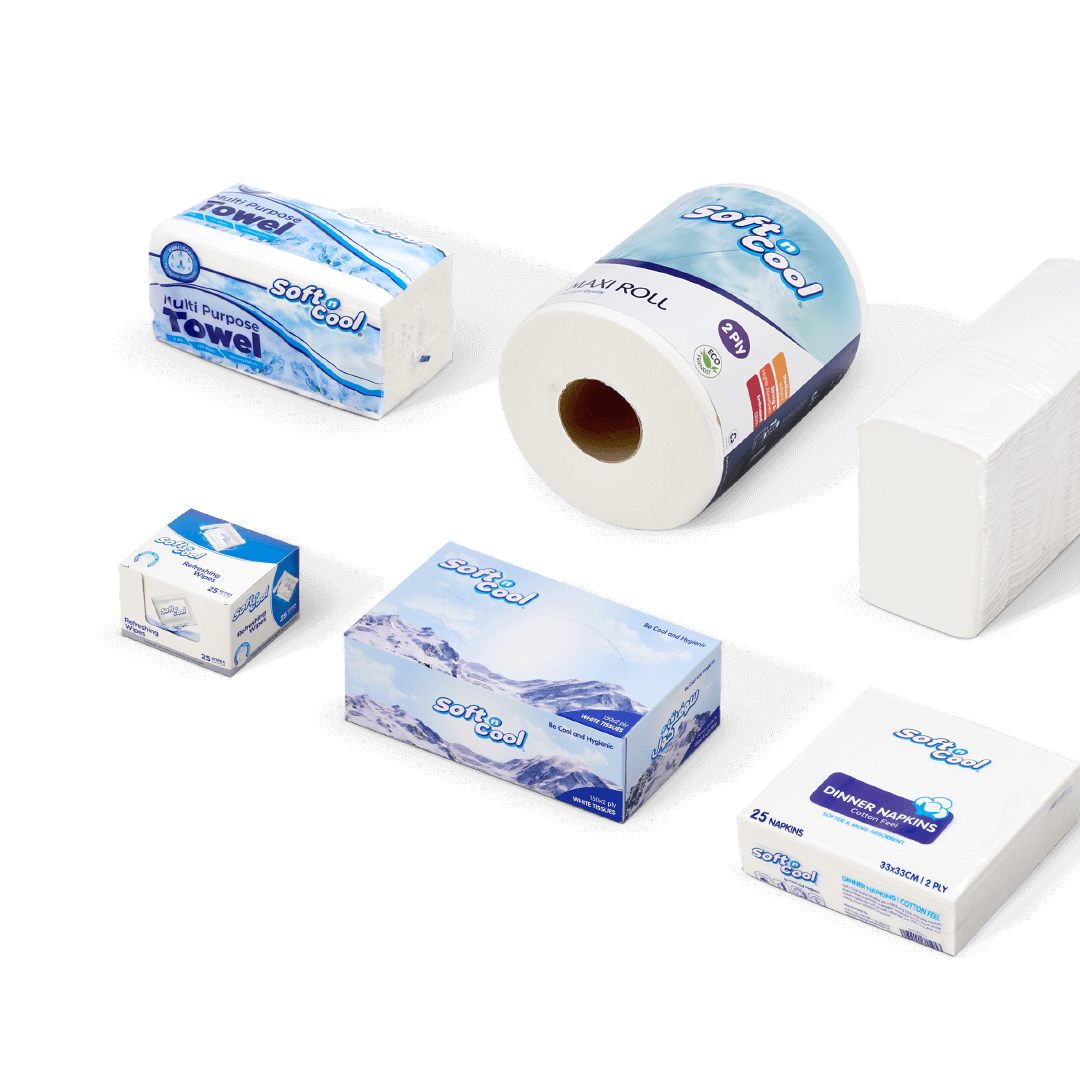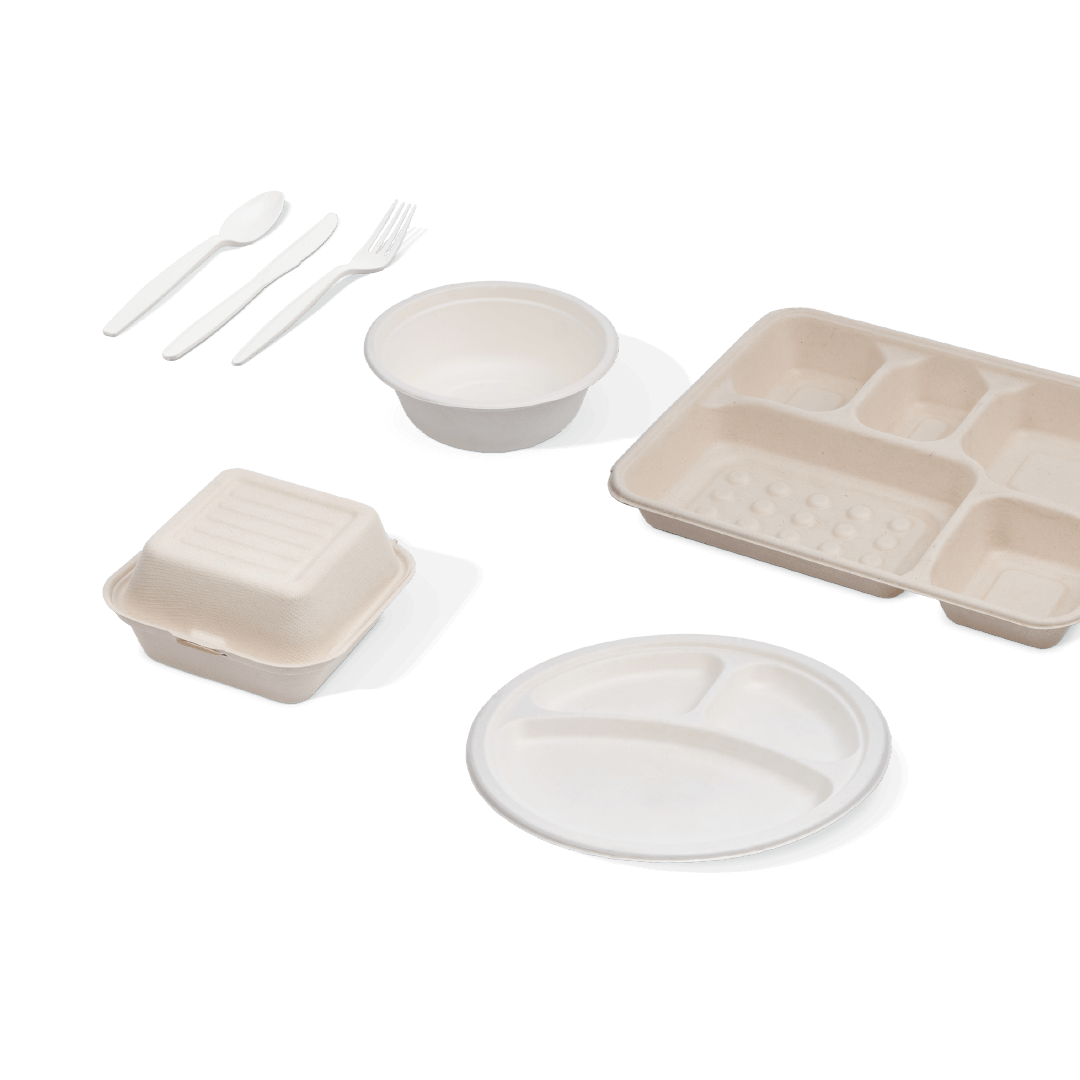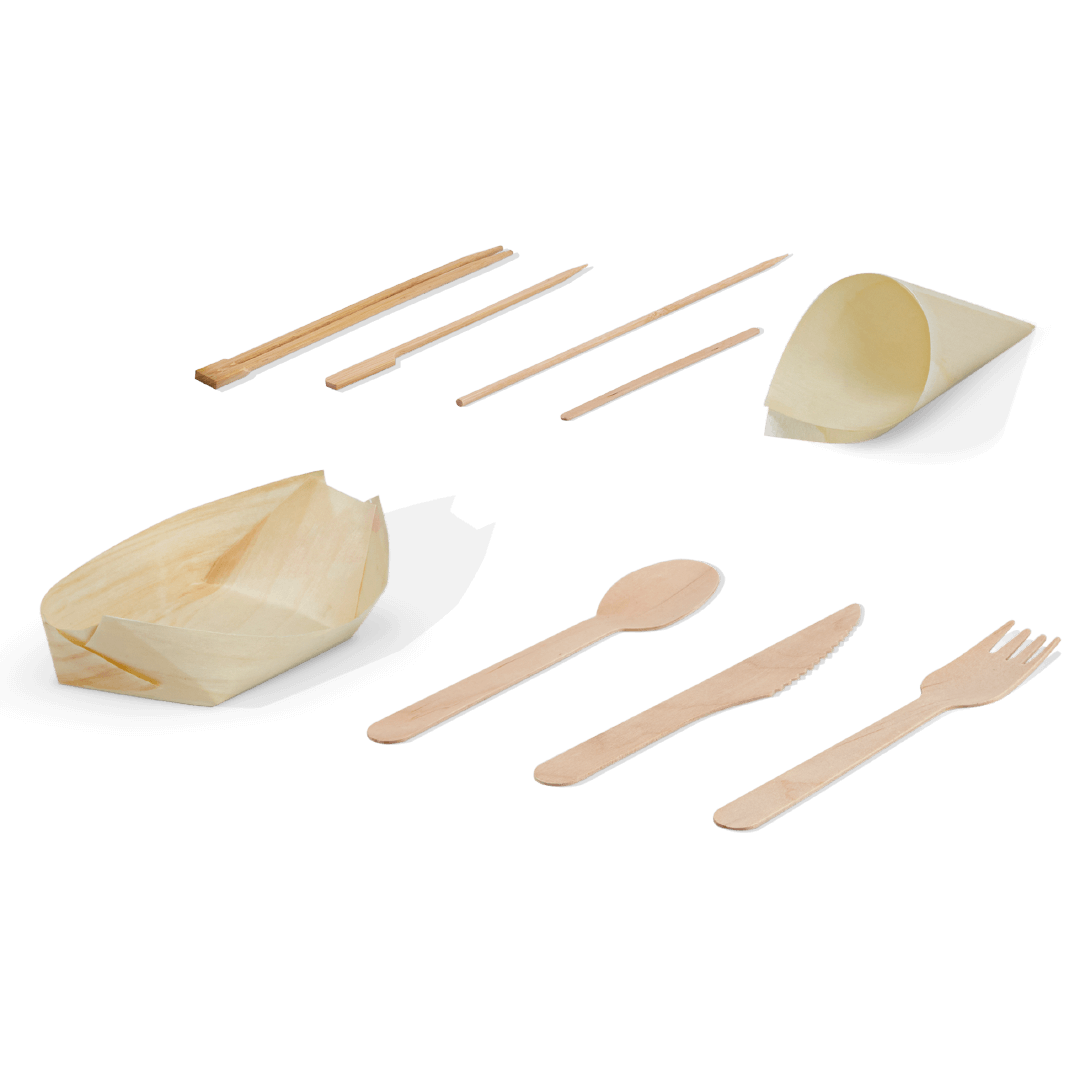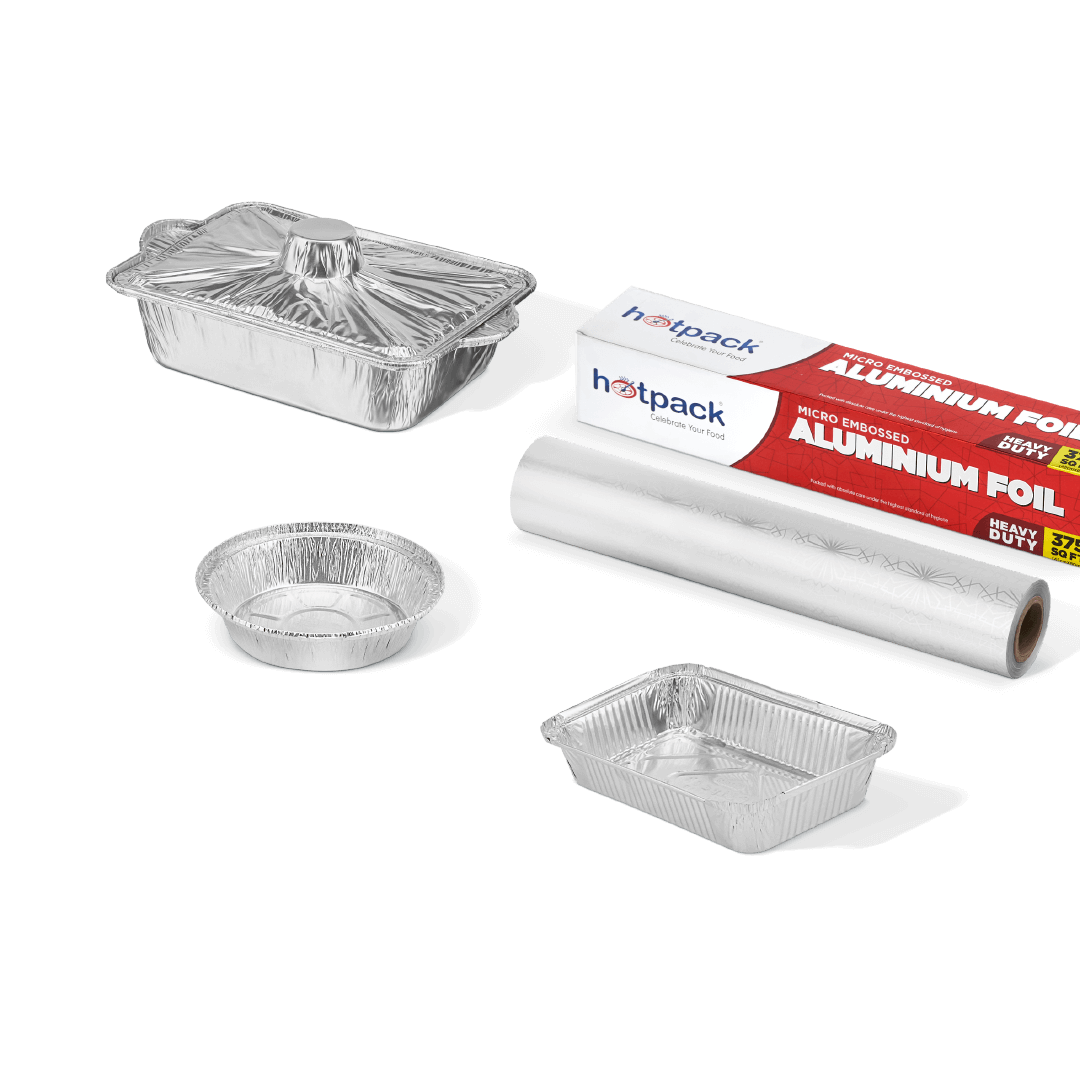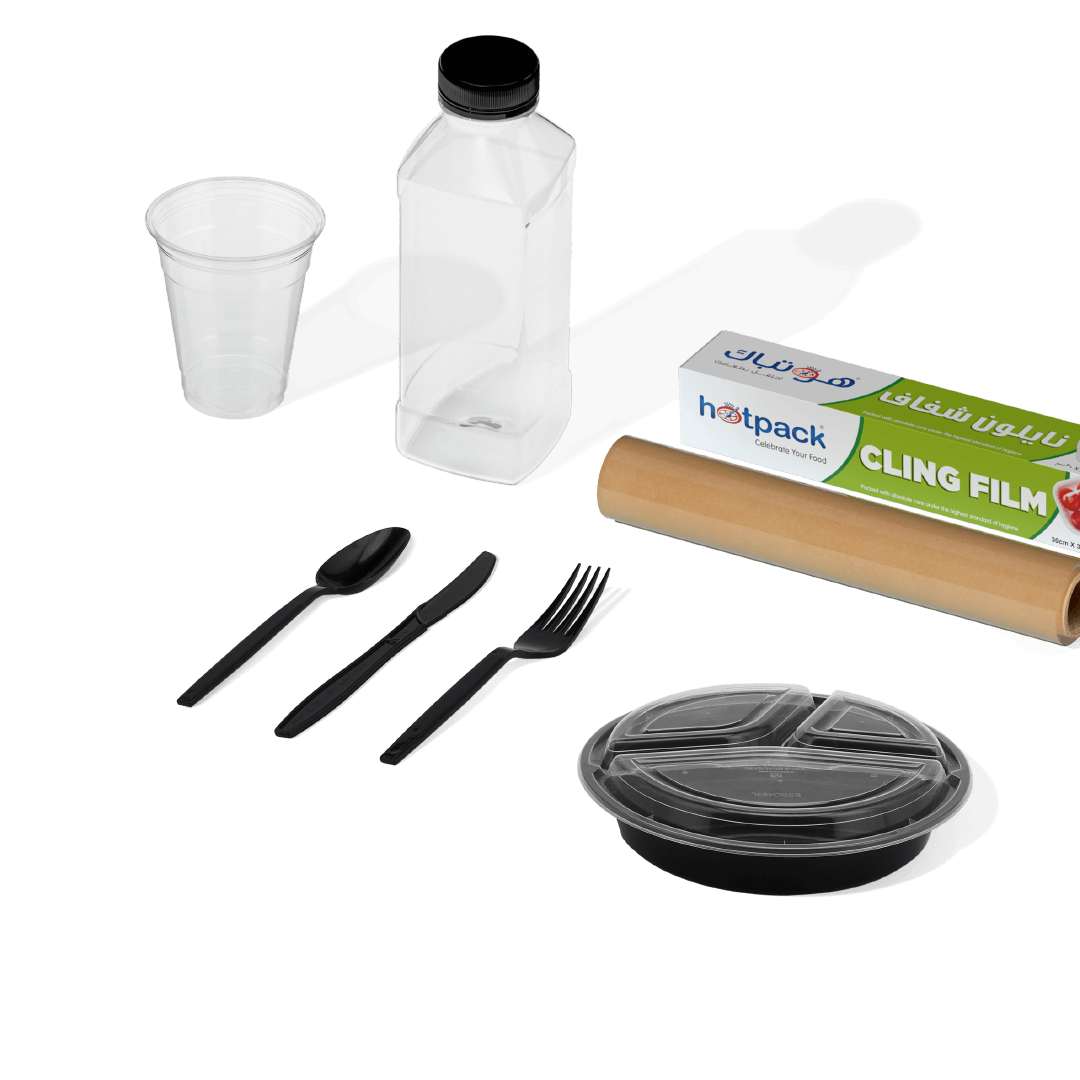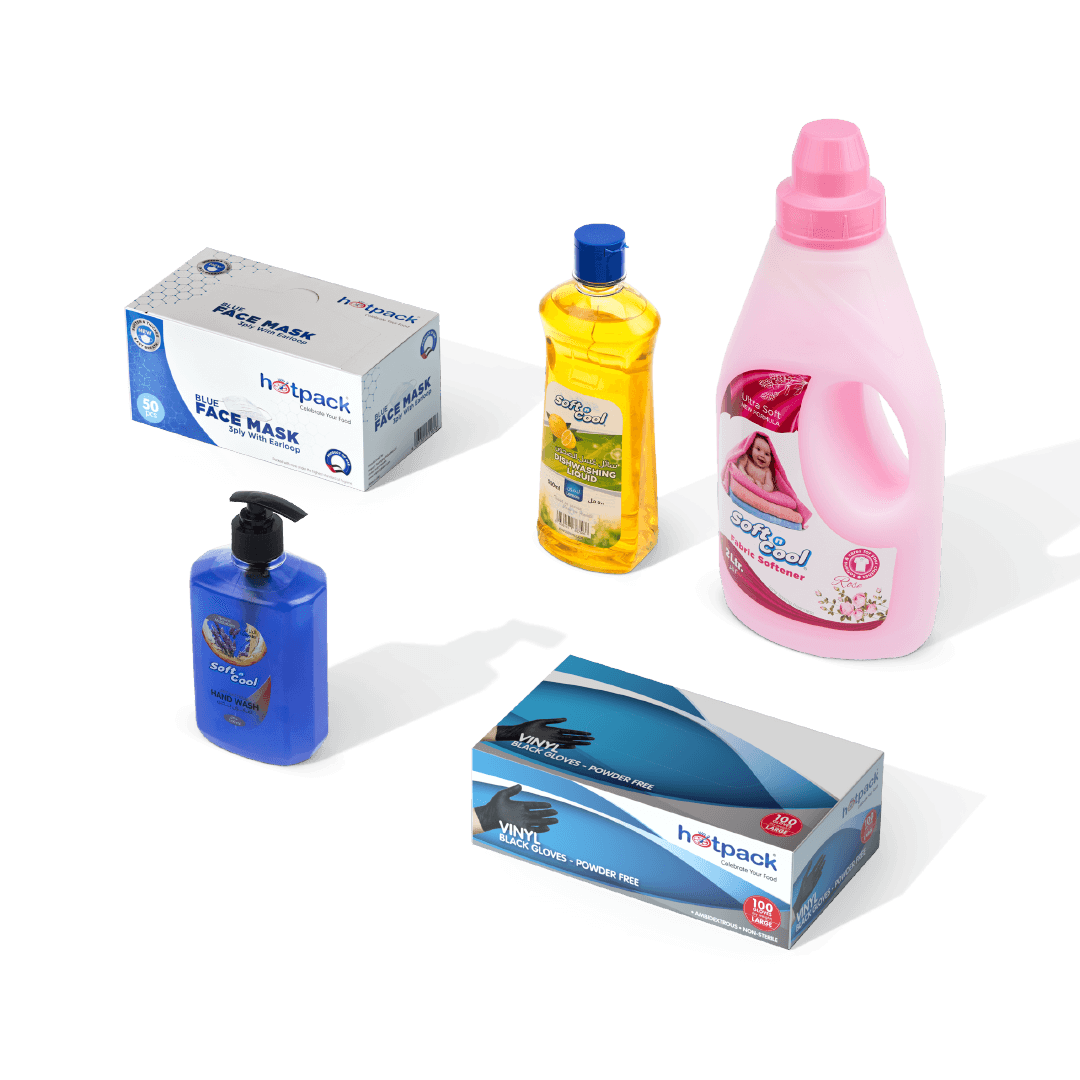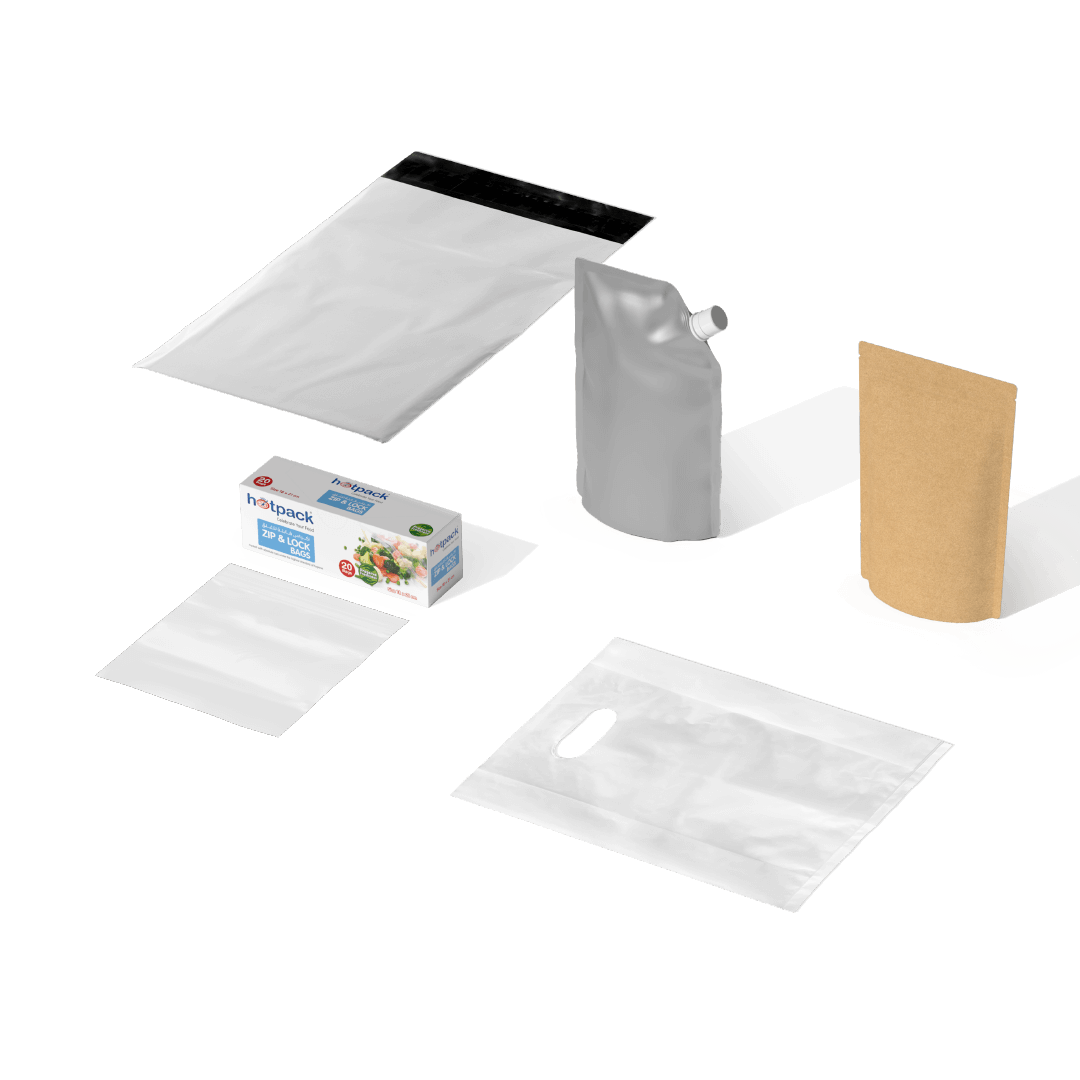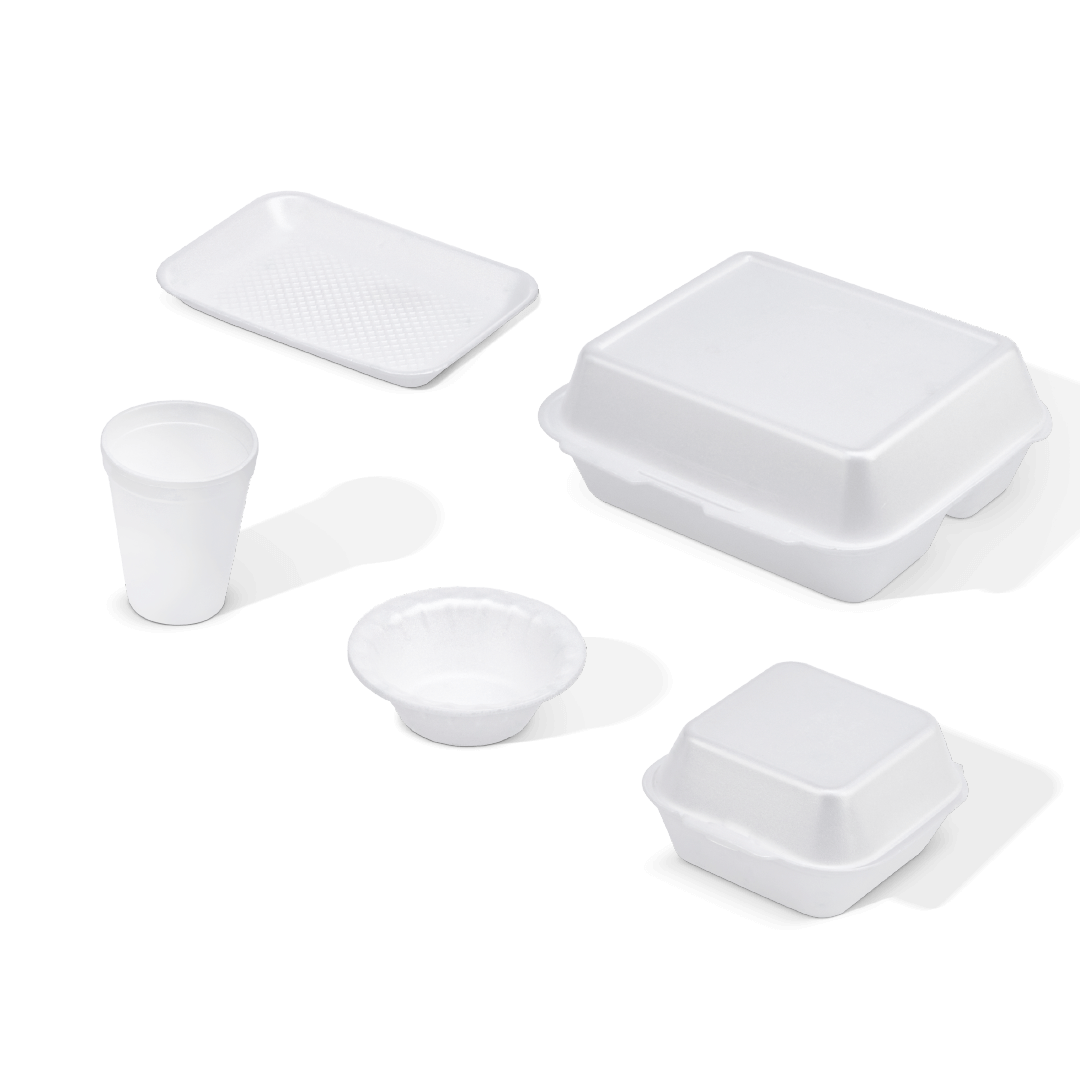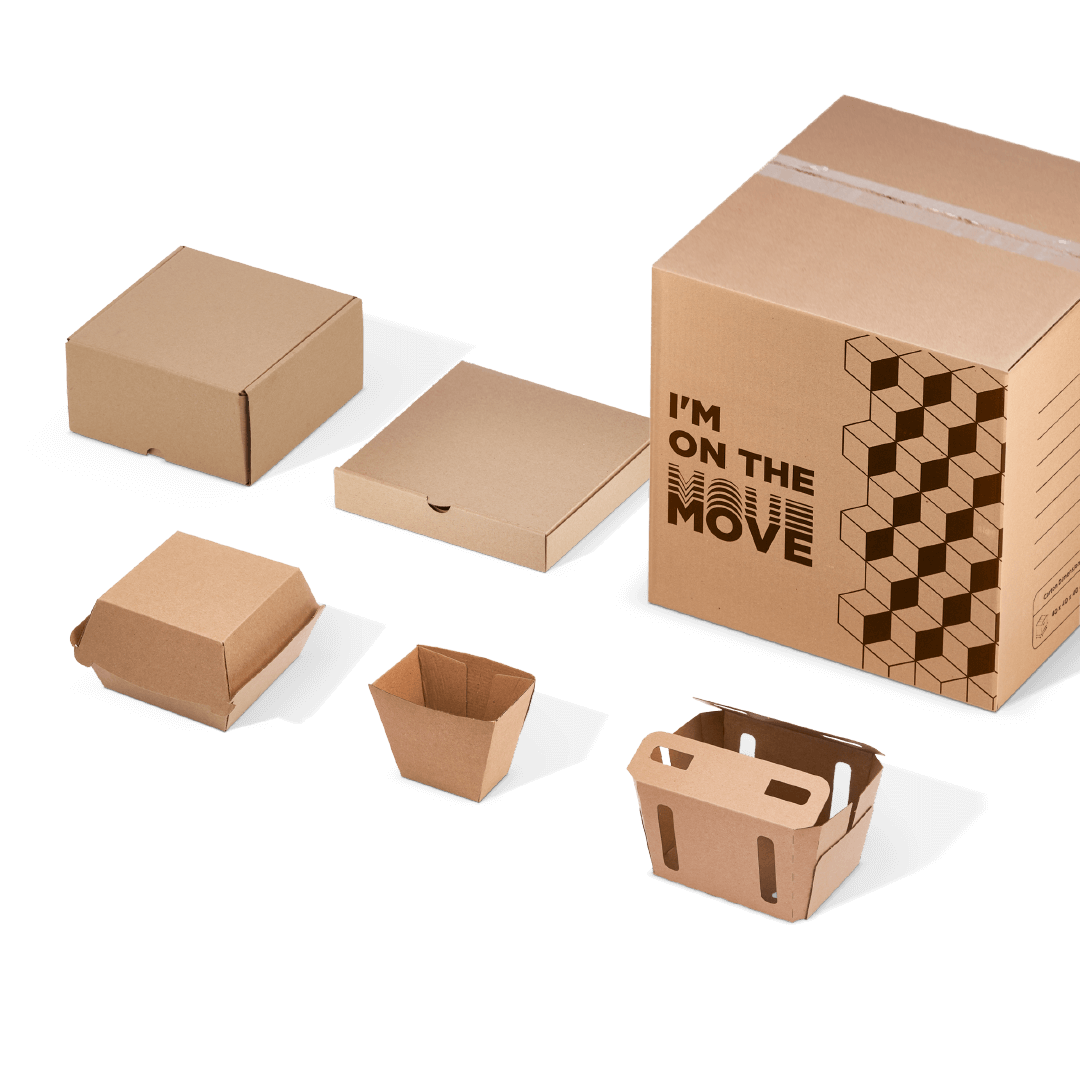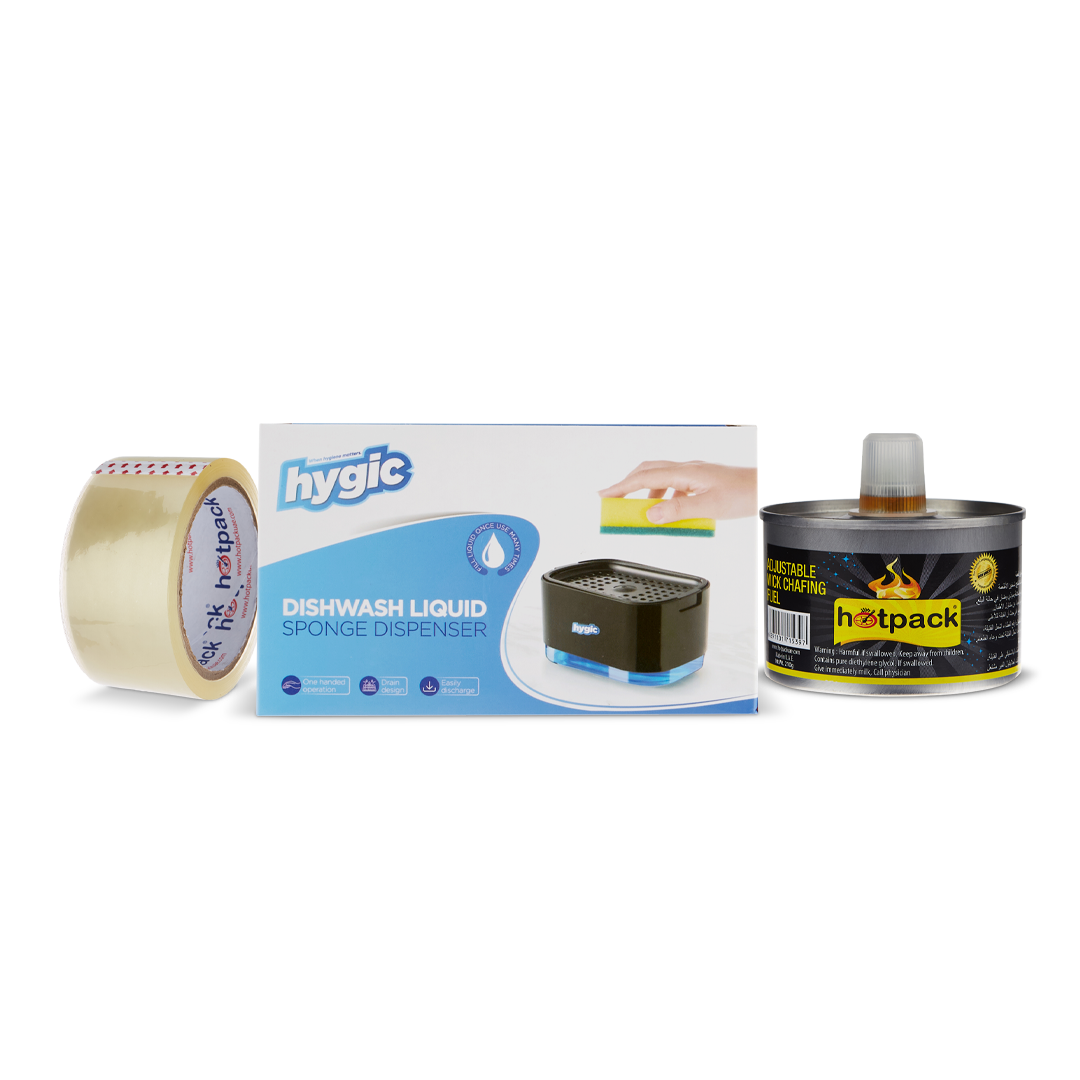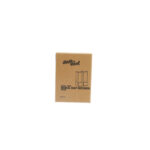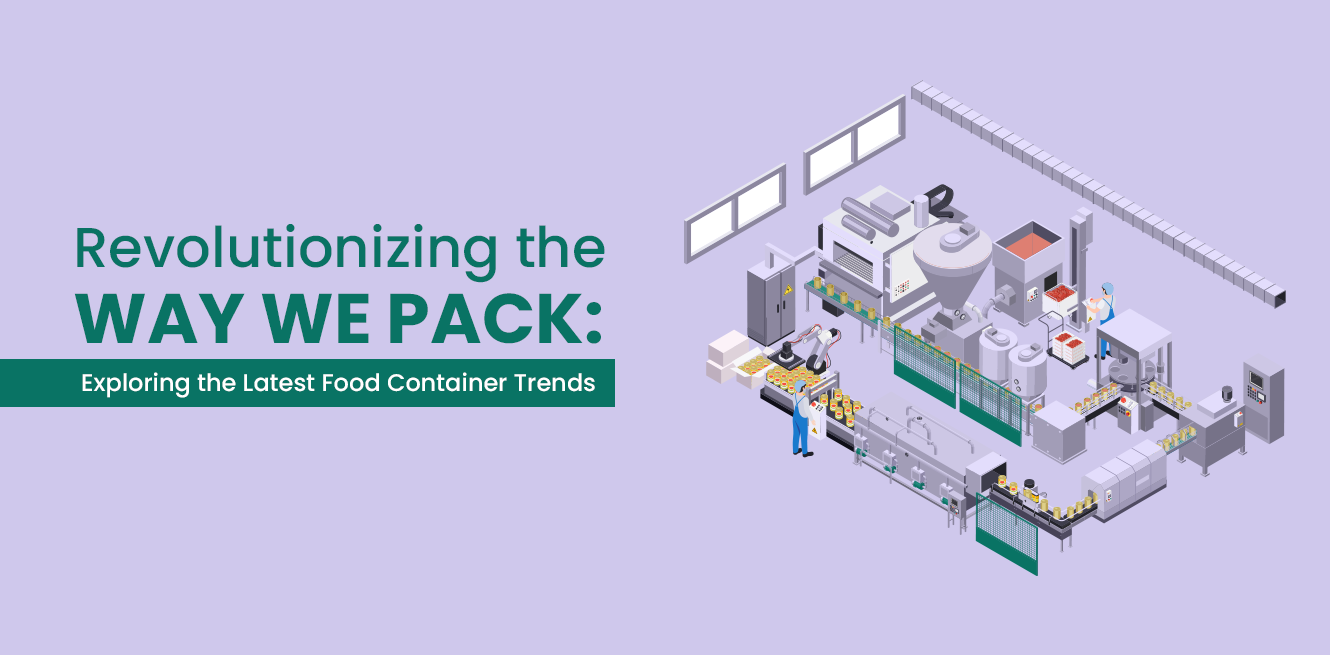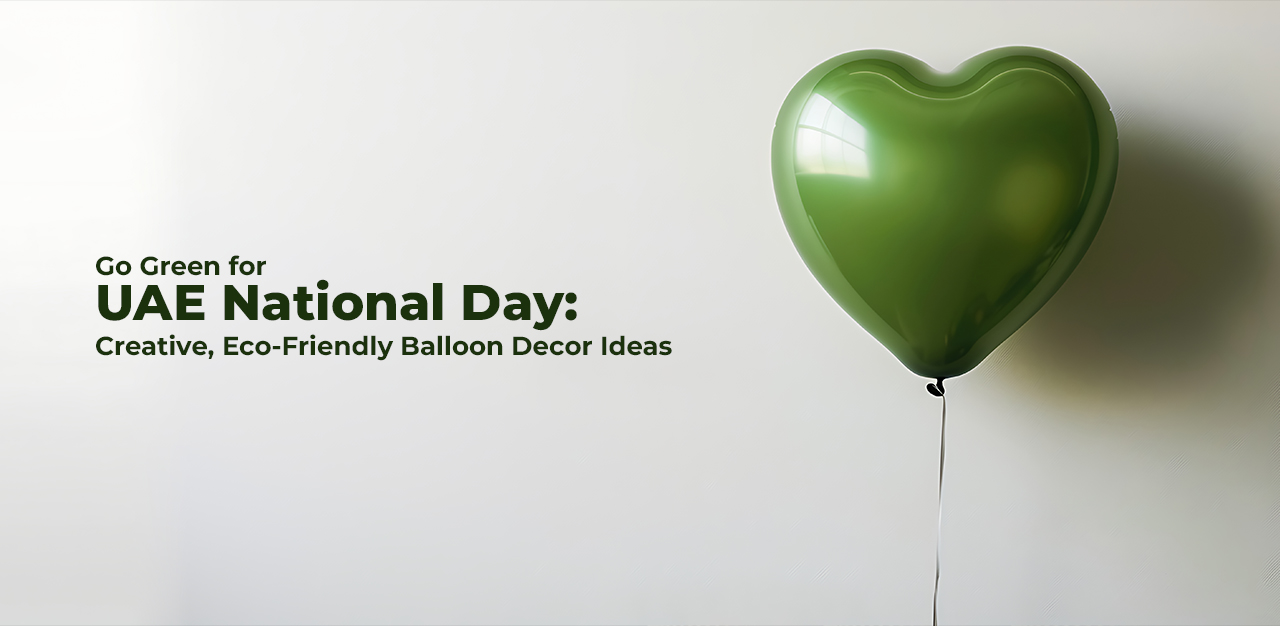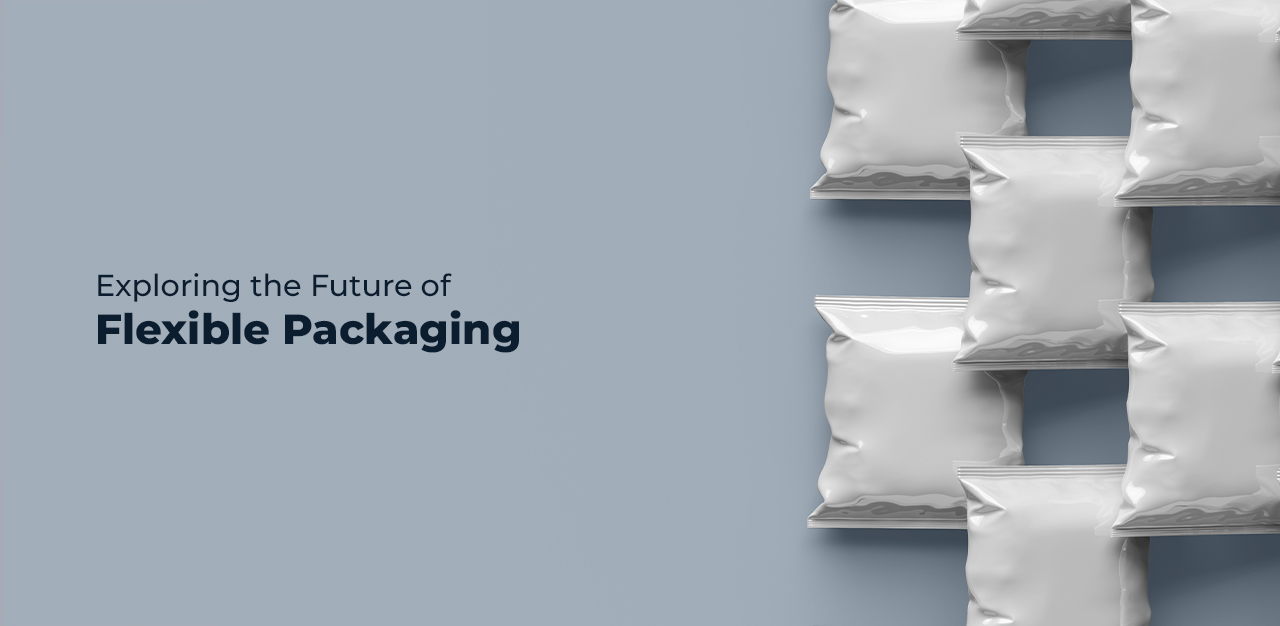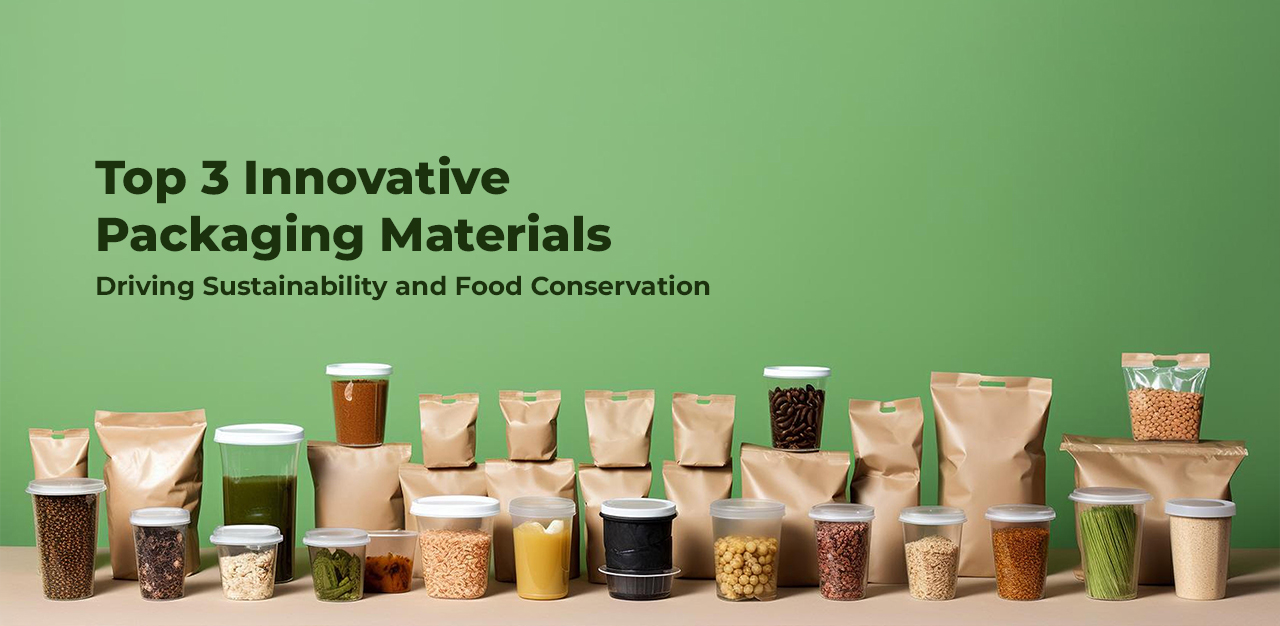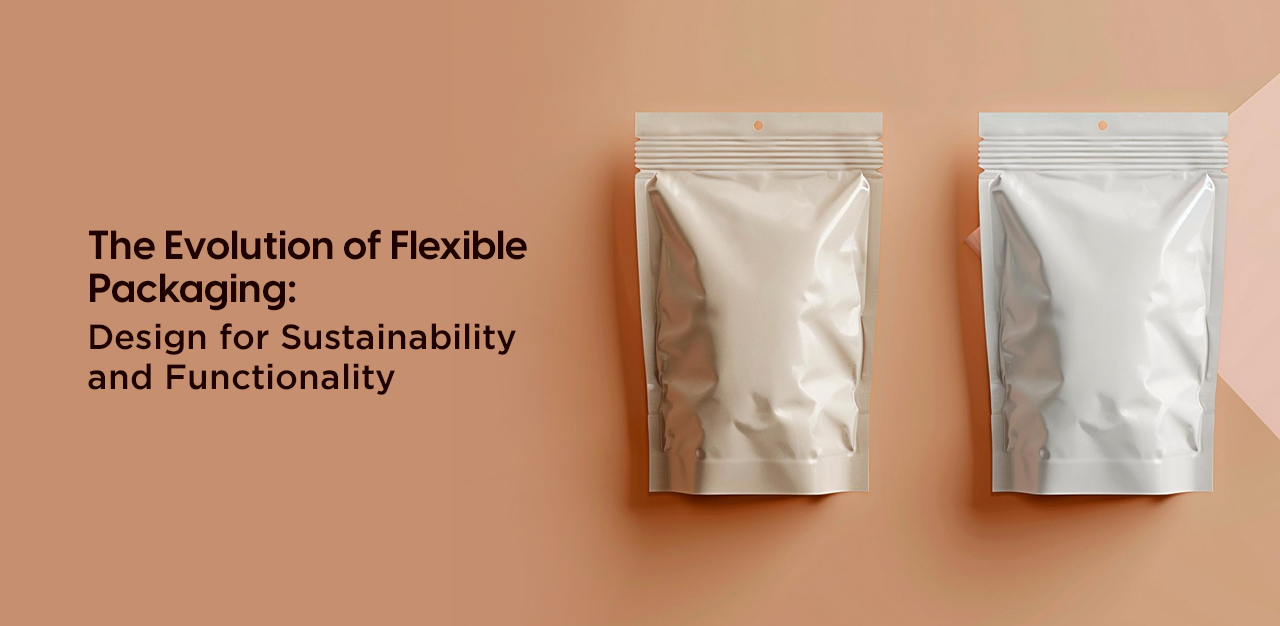Food storage and packaging techniques have advanced significantly throughout time. The days of utilizing heavy Tupperware containers and flimsy plastic bags are long gone. The alternatives for creative and environmentally friendly food packaging products available today are revolutionizing how we pack our meals.
Introduction to the sustainable food container
Sustainable food containers balance environmental awareness and practicality as a contemporary response to the urgent need to reduce waste while maintaining the secure and practical storage of our meals. These containers have arisen as a symbol of ethical consumption, revolutionizing how we package, transport, and consume our food in an era of increased awareness of ecological concerns.
The era of single-use plastics and disposable packaging within the food industry is diminishing. Today’s environmentally friendly food containers symbolize our shared commitment to reducing carbon emissions and preserving the planet’s fragile ecosystems. They represent the sustainability concept by utilizing cutting-edge materials, designs, and functionalities that support contemporary lives and exhibit a robust sense of stewardship for the earth.
The importance of sustainable packaging
There has been growing concern about the impact of packaging materials on the environment. Traditional options for storing food, such as plastic bags and Styrofoam containers, do not harm our ecosystems. Also poses risks to human health. This has caused a change towards environmentally friendly and consumer-safe sustainable packaging options.
Eco-friendly food container options
Adopting environmentally friendly materials is one of the main trends in food container packaging. Nowadays, businesses produce food containers that are both environmentally friendly and fast biodegrade, utilizing compostable and biodegradable materials, such as bamboo and plant-based polymers. Because these containers are recyclable or compostable, less garbage will end up in landfills.
Utilizing recycled materials is another well-liked eco-friendly choice. Nowadays, many businesses make food containers out of recycled paper or plastic to reduce the demand for new materials and the environmental impact.
Innovative designs and materials in food packaging
Significant improvements have been made in food packaging design and materials, in addition to eco-friendly ones. Companies are increasingly adopting cutting-edge technologies to make containers that can increase the shelf life of food and decrease food waste, such as edible films and coatings.
These containers form a barrier against oxygen and moisture, halting deterioration and maintaining the food’s freshness. Furthermore, they possess the advantage of being easily transportable and having a design that renders them an option for individuals and businesses.
Benefits of using biodegradable food containers
Comparing biodegradable packaging to conventional packaging, there are many benefits. They are environmentally friendly, first and foremost. Unlike plastic containers, which might take hundreds of years, biodegradable containers degrade spontaneously in the environment. They don’t leave behind any harmful residues.
Additionally, customers are safer while using biodegradable containers. When heated, conventional plastic containers can release dangerous chemicals that could contaminate the food. On the other hand, biodegradable containers are organic materials that don’t leak any dangerous components into the food.
Trends in portion control and convenience packaging
In today’s hectic environment, convenience is crucial. Food container alternatives that allow portion control and convenient meal preparation are in high demand. As a result, portion control and convenient packaging have increased.
Portion control containers, which carry pre-measured portions of food, make it simpler for customers to limit their calorie intake and keep up a healthy diet. Meal preparation is made simple and quick thanks to the fact that these containers are frequently stackable and microwave-safe.
On the side, convenience packaging focuses on enhancing customers’ lives by providing solutions. These containers are designed to be microwave leakproof and easy to open and close. They frequently include dividers or divisions to separate food items and avoid cross-contamination.
The rise of reusable food containers
Food container popularity has soared due to the growing awareness about the harmful impact of disposable packaging on the environment. These containers can be used in times of sturdy materials like stainless steel or glass.
In the long term, reusable food containers save money and reduce waste. Consumers can buy a few high-quality reusable containers that will endure for years rather than continuously buying throwaway containers.
How to choose the right food container for your needs
Choosing the food container can be quite overwhelming due to the range of options available. Before making your decision, here are some factors to consider;
Material: Consider the container’s material’s durability, safety, and impact on the environment.
Size and capacity: Pick a container that can carry the appropriate quantity of food for your requirements.
Functionality: Look for containers that are easy to clean, leakproof, and microwaveable.
Storage: Consider the area you have available to store the containers.
You may choose the ideal food container that suits your needs and preferences by considering these variables.
The future of food container trends
In the future, we may anticipate seeing even more innovative trends as the demand for easy and sustainable food packaging increases. To keep up with consumers’ changing wants, businesses continually explore and create new materials and designs.
The ongoing use of compostable materials in food packaging is a trend that is expected to continue. The desire for eco options will increase as more individuals become aware of single-use containers’ impact on the environment. Additionally, technological advancements could lead to the development of food containers to monitor freshness and ensure timely consumption before spoilage occurs.
Conclusion
In recent years, there has been a substantial evolution in how we package our food. We now have a spread of inventive and sustainable food packaging materials options to select from as a result of developments in materials, design, and technology. We may lessen our environmental impact and help the environment by using reusable, eco-friendly containers.

